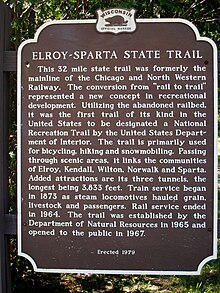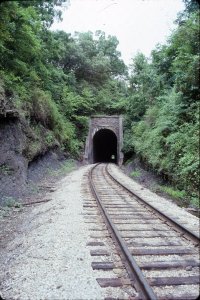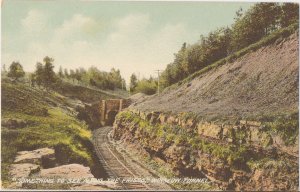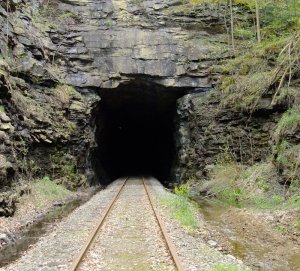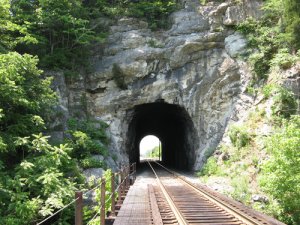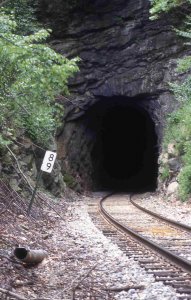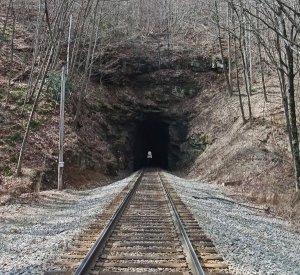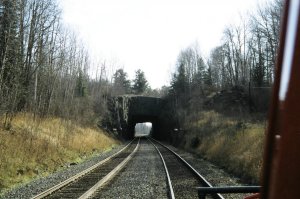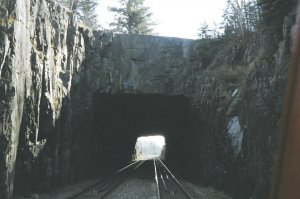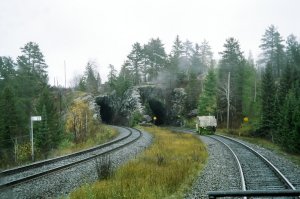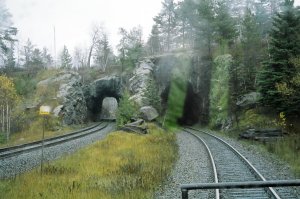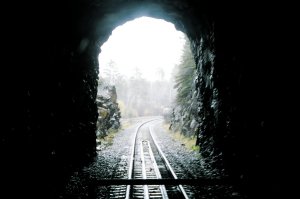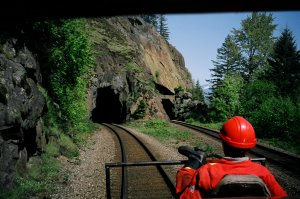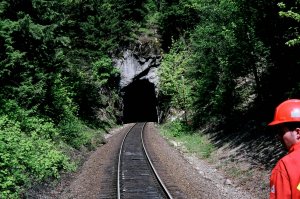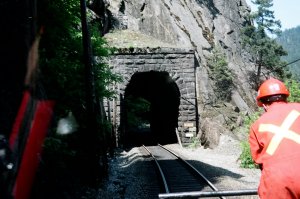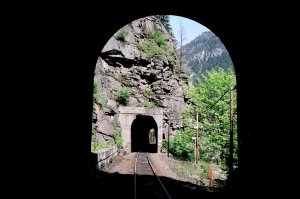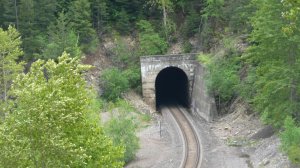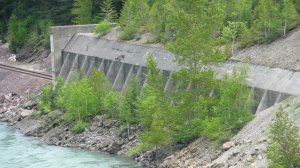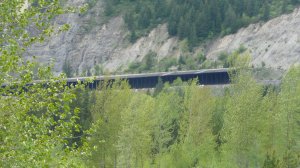N
NP2626
Guest
I see many photos on the Model Railroad Forums of tunnels just being bare rock, without a built PORTAL. I do not live where I can actually see real railroad tunnels; so, have gone by what I have seen in the model railroad press and that is most tunnels needing; or, having built tunnel portals. I have seven tunnels on my layout, all but one have either; cut rock; or wood portals. The tunnel that dosn't have a built portal, is behind a structure and the portal can't be seen, that's why it doesn't have one. Also, I've noticed that many of these bare rock portals are huge, leading one to believe that the tunnel must have been a natural cave, arch; or, something, as boring a tunnel is hard work and the builders would have made the tunnel no bigger than is needed.
Not raining on anyone's parade! I simply do not know what is real and what has been portrayed as real in the model railroading press! However, the weather here in Central Minnesota is cold and snowy again after some days in the upper 60s and this does tend to make me irritable! I may be raining on a parade and not even know it!!
Not raining on anyone's parade! I simply do not know what is real and what has been portrayed as real in the model railroading press! However, the weather here in Central Minnesota is cold and snowy again after some days in the upper 60s and this does tend to make me irritable! I may be raining on a parade and not even know it!!

